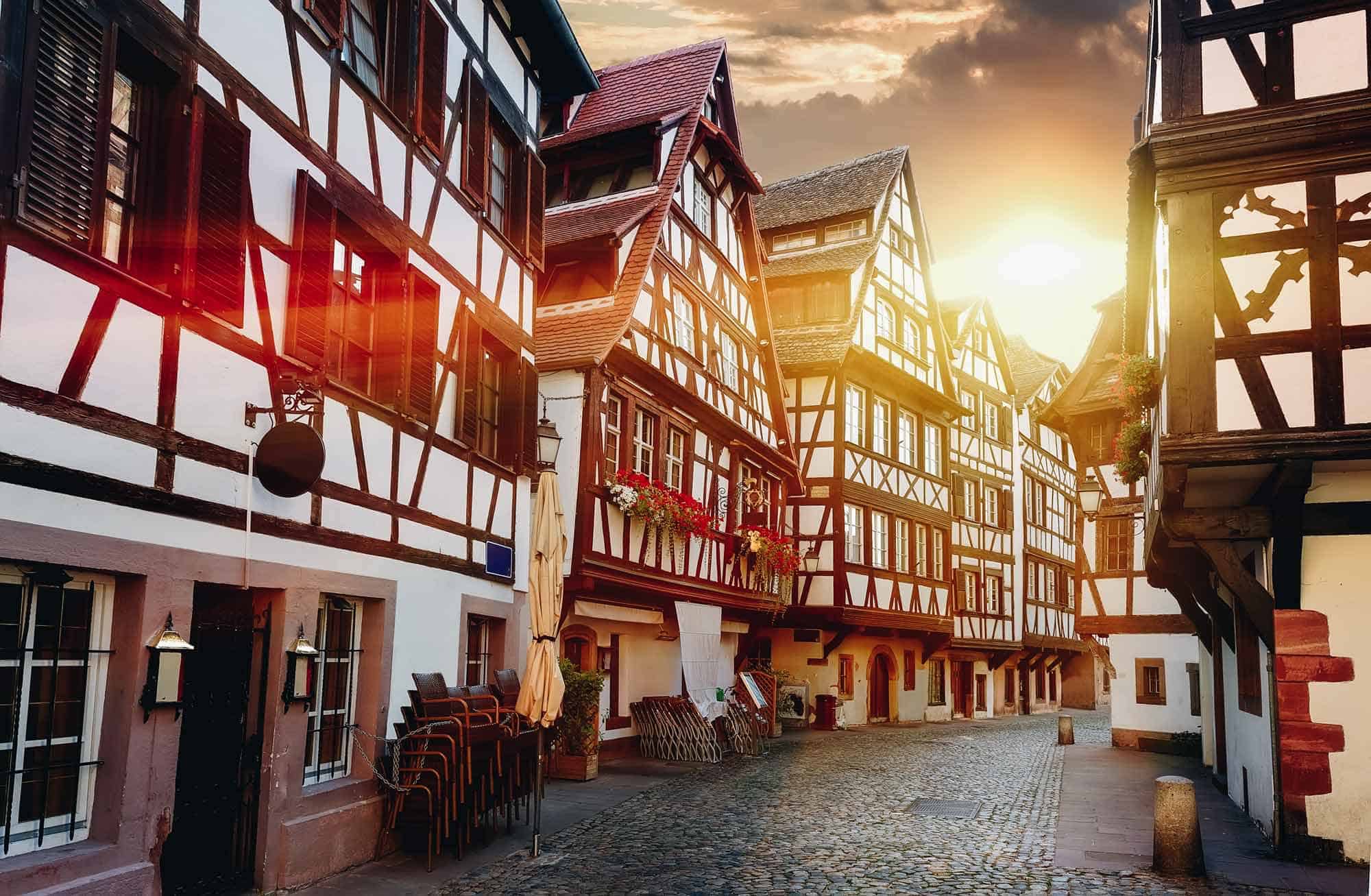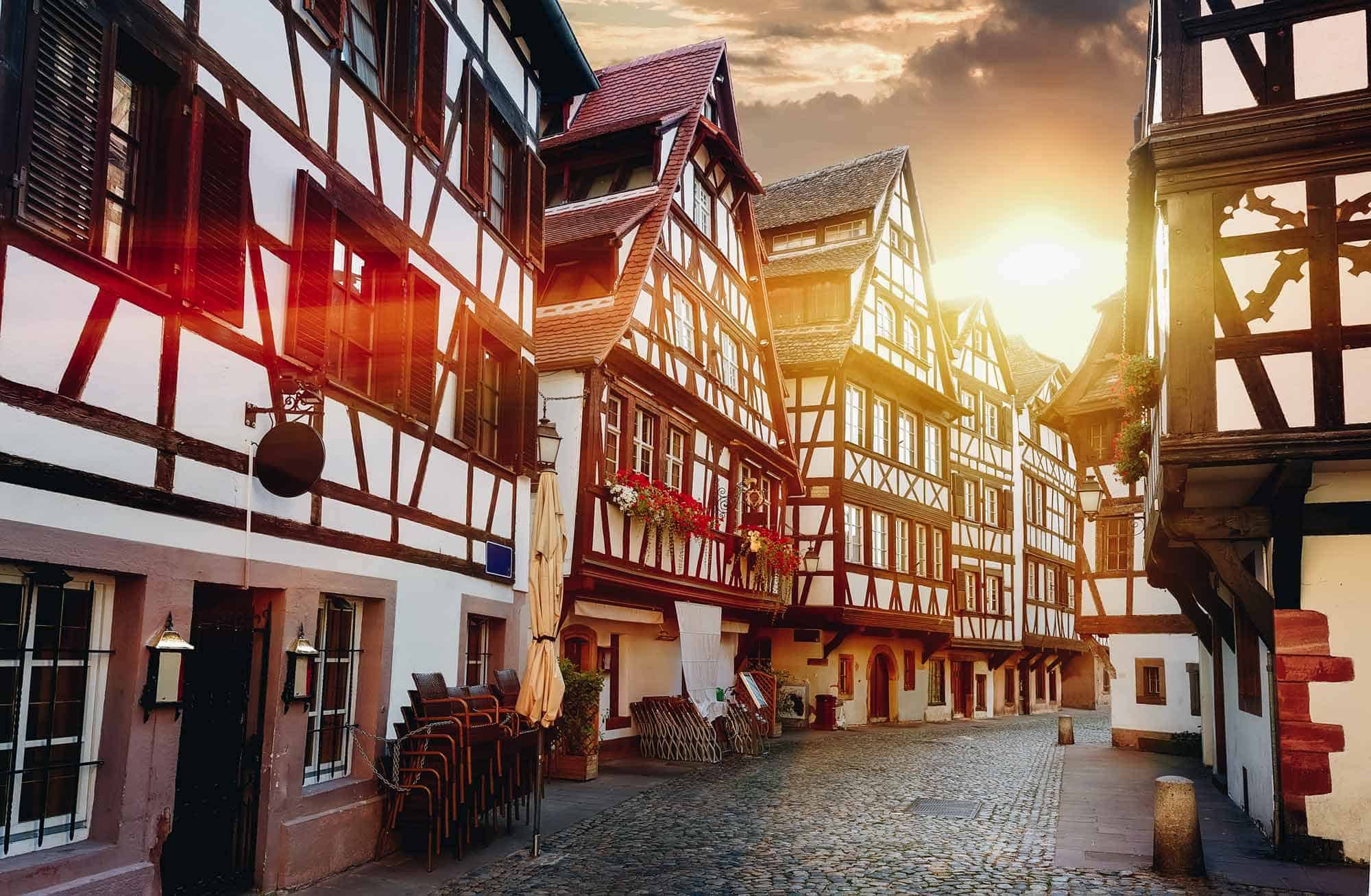In the sweltering summer of 1518, the streets of Strasbourg witnessed one of history’s most bizarre and terrifying events. A woman named Frau Troffea stepped into the narrow cobblestone street and began to dance without music. Her movements were frenzied and unstoppable, continuing day and night until exhaustion made her feet bleed.

The historic streets of medieval Strasbourg where the dancing plague occurred. Credit: Experi.com
Within days, more townspeople joined this involuntary dance marathon. By August, nearly 400 citizens were dancing uncontrollably in the streets of Strasbourg. Local authorities, baffled by this strange occurrence, initially thought dancing might cure the afflicted. They even built wooden stages and hired musicians to accompany the dancers.

Historical map of Strasbourg from 1644 showing the medieval city layout. Credit: Wikipedia
This decision proved catastrophic as more people succumbed to the mysterious dancing fever. Many participants collapsed from sheer exhaustion, while others suffered heart attacks or died from dehydration. The summer heat and constant movement created a perfect storm of physical stress, leading to numerous deaths.
Medieval physicians blamed the plague on hot blood or tainted air. Some religious leaders claimed it was a curse from Saint Vitus, while others believed evil spirits possessed the dancers. The desperate town council eventually banned music and removed the stages, hoping to end the epidemic.
Modern scientists have proposed various theories about this peculiar event. Some suggest ergot poisoning from contaminated grain might have caused hallucinations and muscle spasms. Others point to mass psychogenic illness, a phenomenon where physical symptoms spread through social networks during times of extreme stress.
The dancing plague finally ended in September 1518, leaving behind a trail of exhausted survivors and numerous casualties. This event remains one of history’s most documented cases of mass hysteria. The medieval town’s response to this crisis reveals how communities grapple with unexplainable phenomena through the lens of their time.
References:
Visit Alsace — Delight in Discovering the Medieval Town of Strasbourg – link
History of Strasbourg – link
Categories: Do you know, Historical Mysteries, Medieval History, Unexplained Phenomena, Urban Legends
Tags: 1518, Dancing Plague, Historical Events, Mass Hysteria, Medieval History, Saint Vitus dance, Strasbourg, unexplained phenomena
Religion: Christianity
Country of Origin: France
Topic: Historical Mystery
Ethnicity: European


